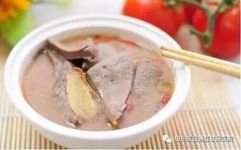
In daily life, doctors often diagnose conditions such as blood deficiency, blood stasis, blood cold, and blood heat. What are the differences among these conditions, and which one might you or your family be experiencing? After confirming symptoms and constitution with a healthcare provider, what else can you do besides regular treatment?



血 虚 (Blood Deficiency)

What is Blood Deficiency?
Blood deficiency refers to a state where the blood is insufficient, leading to a lack of nourishment to the organs, meridians, and body tissues. All skin and tissue in the body require blood for nourishment; when there is insufficient blood, it cannot adequately moisten and fill these tissues, resulting in blood deficiency.
Symptoms of Blood Deficiency:
Individuals with blood deficiency often have a poor complexion, pale and sallow skin, and lack of color in the lips, tongue, and nails. Symptoms may include dizziness, palpitations, vivid dreams, and in severe cases, dizziness, numbness in the hands and feet, or even night blindness. Women may experience scanty menstrual flow, pale color, or even amenorrhea. Some patients may also experience significant hair loss in a short period.
Causes of Blood Deficiency:
Common causes include poor diet, excessive fatigue, emotional distress, and significant blood loss. Long-term illness or extreme physical weakness can also lead to blood deficiency.
Dietary Therapy for Blood Deficiency:
The focus of nourishing blood is to strengthen the spleen. Traditional Chinese Medicine (TCM) believes that the spleen and stomach are the source of blood production. With a balanced diet and normal spleen and stomach function, blood can be continuously generated. Therefore, to nourish blood, one must first strengthen the spleen and stomach. For those diagnosed with blood deficiency, in addition to the prescribed medications, you may consider:
黄豆炖猪肝 (Soybean Stewed with Pig Liver)
In TCM, soybeans are sweet and neutral, not warming or drying, and can strengthen the spleen, eliminate dampness, and nourish blood. Pig liver is known to benefit the liver, improve vision, and nourish blood, making it suitable for those with blood deficiency and anemia. The combination of these two ingredients is highly effective.
Prepare 100 grams each of soybeans and pig liver. First, cook the soybeans until they are about 80% cooked, then add the pig liver and continue to stew until fully cooked. Consume twice daily for three weeks for optimal results.
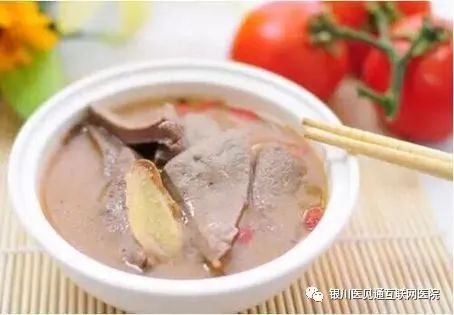

血 瘀 (Blood Stasis)

What is Blood Stasis?
Blood stasis refers to a pathological state where blood circulation is slow and obstructed, leading to stagnation of qi and blood.
Symptoms of Blood Stasis:
Individuals with blood stasis often have a dark complexion, deep purple lips, and localized pain. In severe cases, the pain may feel like being cut by a knife and can worsen at night. Surface masses may appear dark purple, while internal masses may be hard and immovable upon palpation. There may be recurrent bleeding with dark purple blood or black stools. Women may commonly experience amenorrhea.
Causes of Blood Stasis:
Blood stasis occurs when blood circulation is obstructed. Blood should flow freely, but various pathogenic factors can lead to blood accumulation or leakage outside the vessels, resulting in blood stasis.
Dietary Therapy for Blood Stasis:
For those with qi stagnation and blood stasis, it is advisable to consume foods that promote qi movement and invigorate blood circulation, while reducing salt and MSG intake to prevent increased blood viscosity. Friends diagnosed with blood stasis need not worry; in addition to following medical advice and treatment, you can also choose:
黑豆粥 (Black Bean Porridge)
Black beans are sweet and neutral, helping to dispel wind and heat, regulate the middle and lower qi, detoxify, promote diuresis, and nourish the kidneys and blood. Japonica rice nourishes yin, generates fluids, alleviates thirst, strengthens the spleen and stomach, and consolidates the intestines to stop diarrhea. Together, they can be cooked with some brown sugar for excellent results for those with blood stasis.
Prepare 50 grams of black beans, 100 grams of japonica rice, and an appropriate amount of brown sugar. Wash the black beans and soak them until soft, then add the japonica rice and water to cook the porridge, adding brown sugar before serving.
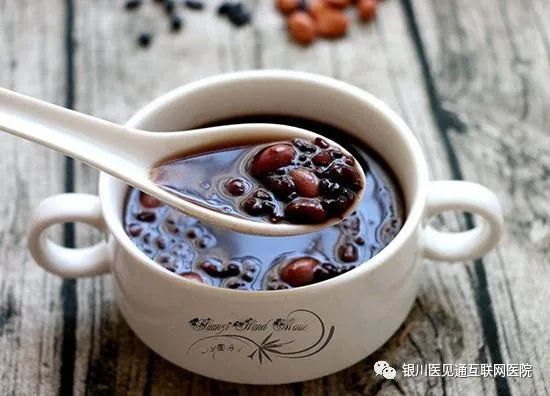

血 寒 (Blood Cold)

What is Blood Cold?
Blood cold refers to the invasion of cold pathogens into the blood, causing qi stagnation and obstructed blood flow.
Symptoms of Blood Cold:
Individuals with blood cold often feel cold and prefer warmth. They tend to enjoy hot foods, have cold hands and feet, and may experience purple skin. Sometimes they may have abdominal pain, which alleviates with warmth. Women may experience delayed menstruation with dark purple blood and clots.
Causes of Blood Cold:
Blood cold is caused by exposure to cold pathogens, insufficient qi and blood, prolonged exposure to cold, or women experiencing cold during menstruation or consuming excessive cold foods.
Dietary Therapy for Blood Cold:
Individuals with blood cold should consume more warming foods and avoid cold foods. Friends diagnosed with blood cold need not panic; under medical guidance, you can also complement your treatment with:
生姜红枣茶 (Ginger and Red Date Tea)
Ginger is spicy and can invigorate blood and dispel cold. Red dates can tonify the middle, benefit qi, nourish blood, and calm the spirit. Together, they can be brewed into a tea that warms the center, disperses cold, alleviates nausea, restores yang, opens the meridians, nourishes blood, and boosts vital energy.
Use 150 grams of ginger and 5-6 red dates. Wash and slice the ginger, then boil it with the red dates in about 500ml of water for 10 to 15 minutes. Before serving, add an appropriate amount of brown sugar, and try to consume it in the morning.
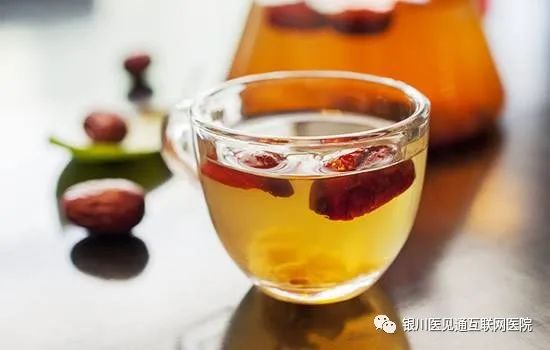

血 热 (Blood Heat)

What is Blood Heat?
Blood heat refers to an abnormal condition where external heat pathogens invade the blood, causing accelerated blood flow.
Symptoms of Blood Heat:
Individuals with blood heat often have red, oily skin and are prone to acne. They may exhibit irritability, mood swings, and have hot hands and feet. Symptoms may include bleeding, such as nosebleeds, gum bleeding, hematuria, or coughing up blood. Some patients may also suffer from psoriasis.
Causes of Blood Heat:
In TCM, excessive yang energy, high heat, and overheating of the blood can accelerate blood flow and increase pulse rate. Factors such as irritability, poor emotional state, excessive consumption of spicy seafood, and damage to the spleen and stomach can lead to blood heat.
Dietary Therapy for Blood Heat:
Individuals with blood heat should consume more cooling and moistening foods while avoiding warming and drying foods. Those diagnosed with blood heat need not be anxious; according to medical advice, they can take medications and also choose:
菊花茶 (Chrysanthemum Tea)
Chrysanthemum tea is sweet and bitter, cold in nature, and has the effects of dispersing wind, clearing heat, brightening the liver, and detoxifying. It is effective for conditions caused by excessive dryness and heat, such as acne, throat inflammation, wind-heat, headaches, and oral ulcers.
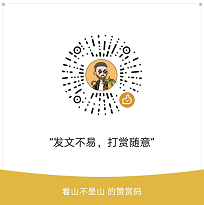
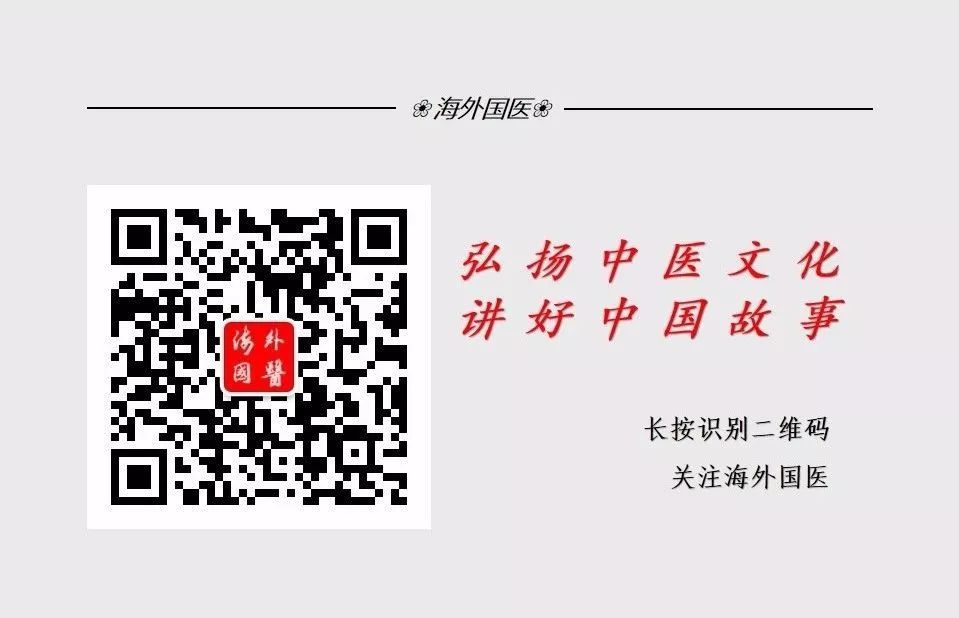
Click to read: Using Houttuynia cordata with this miraculous herb to tackle three major diseases, effective every time.
How do famous figures like Qian Xuesen and Yang Zhenning view Traditional Chinese Medicine?
These small red moles on your body may indicate your liver is in distress! Do you know about this deadly “liver cancer mole”?
Click “Read Original”↙, to see more colorful content.

